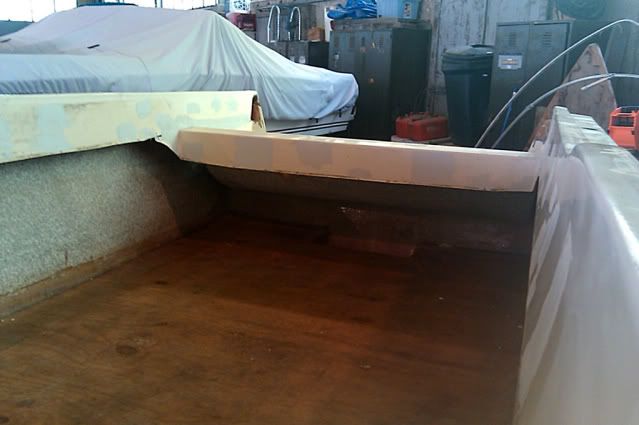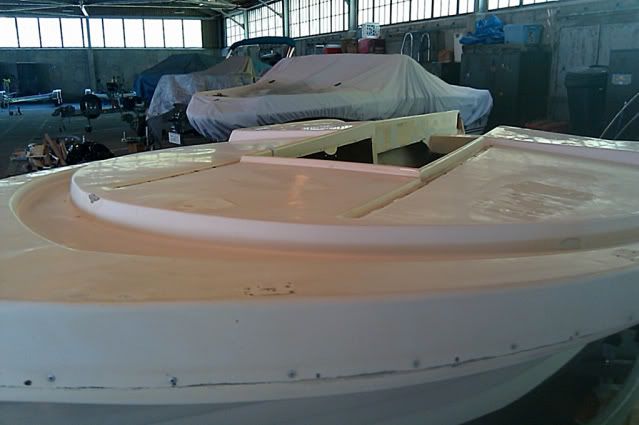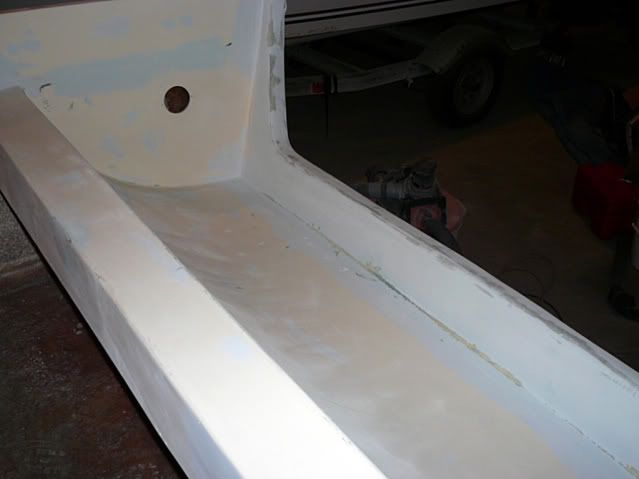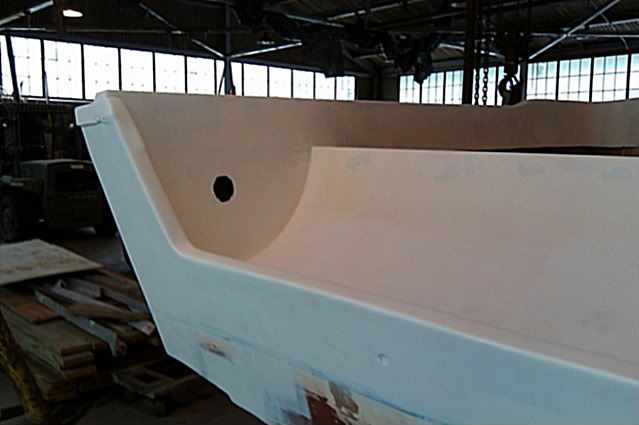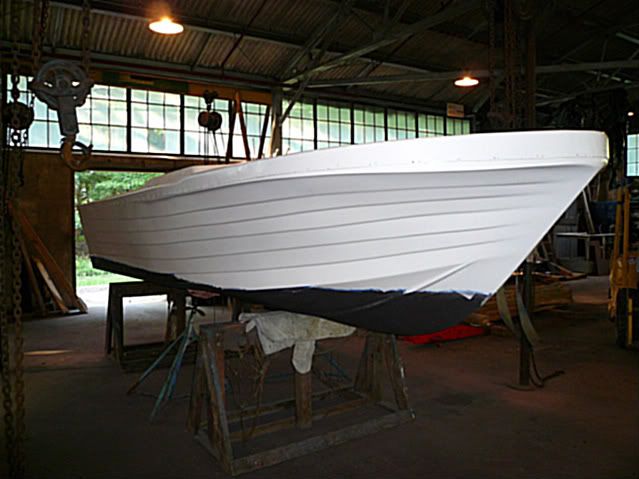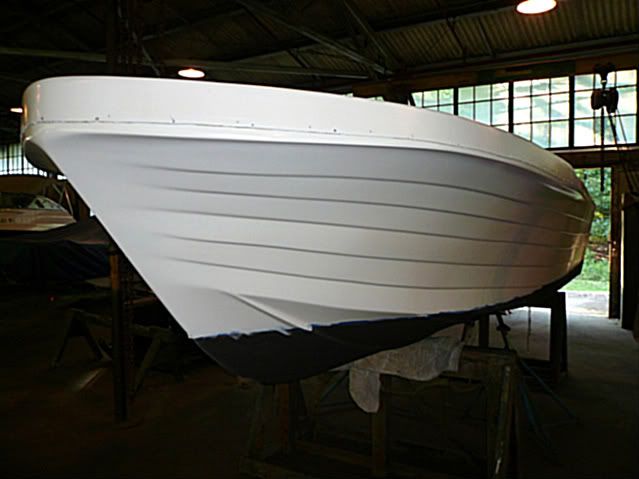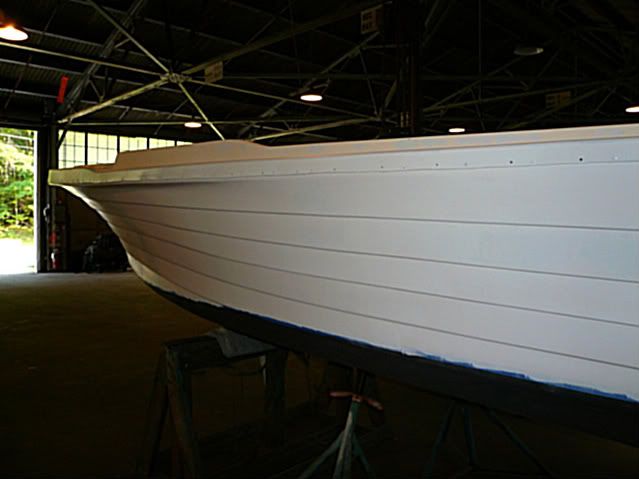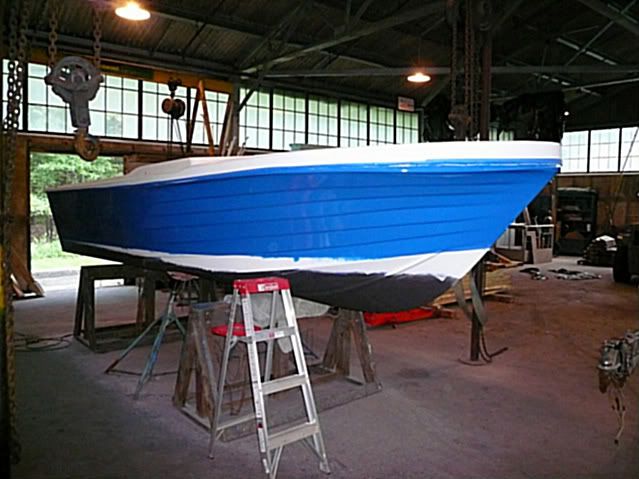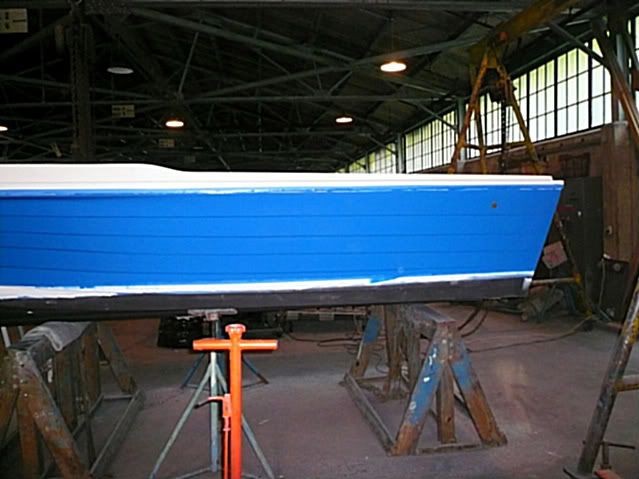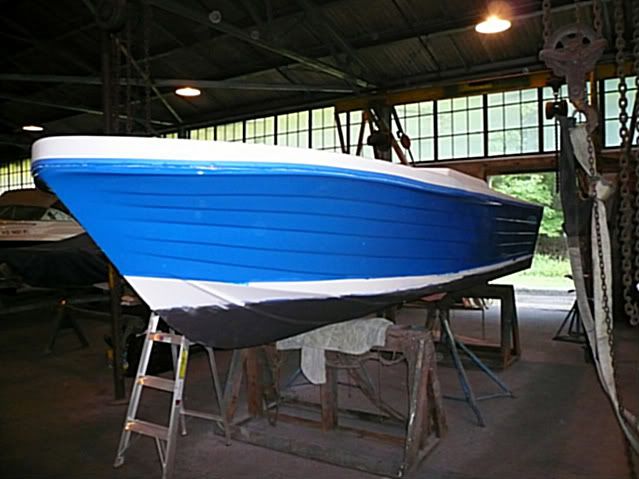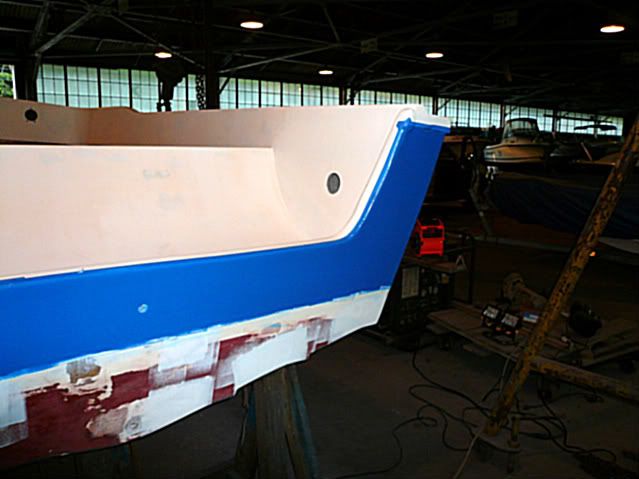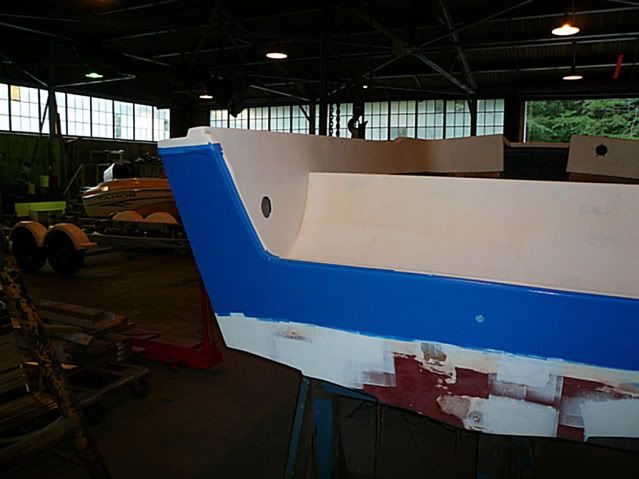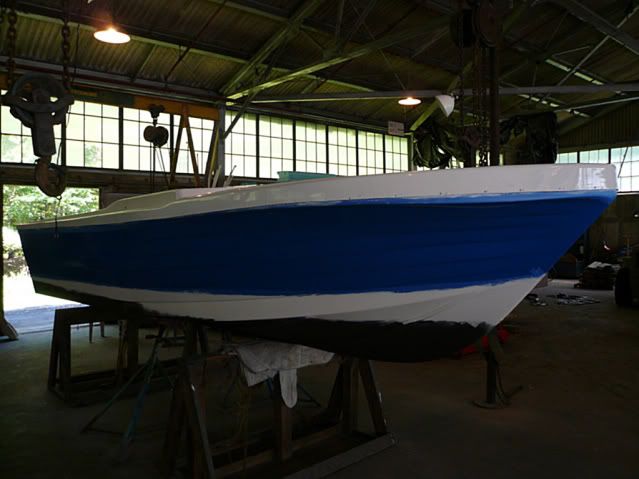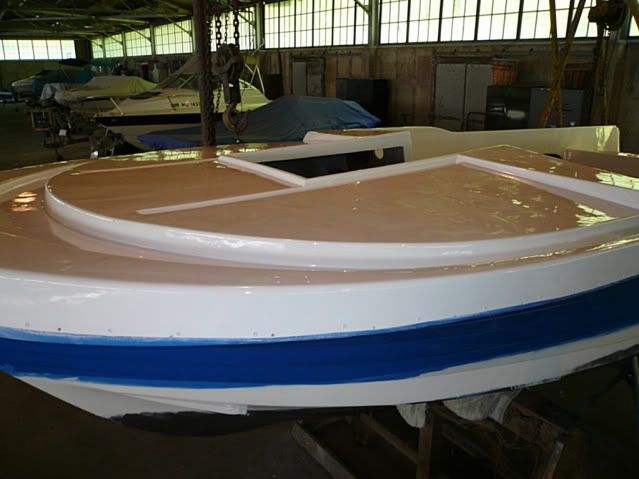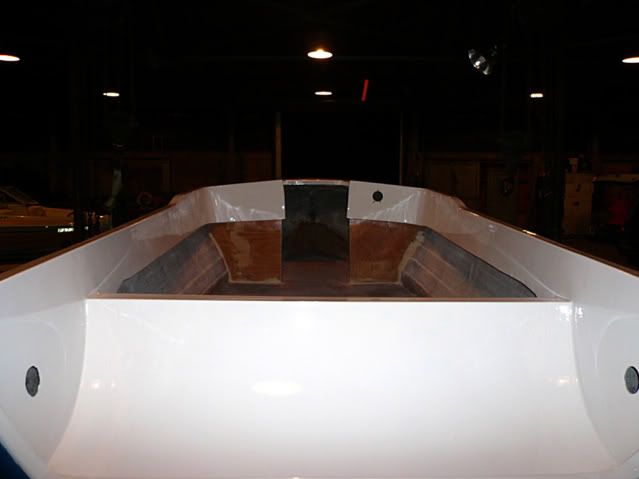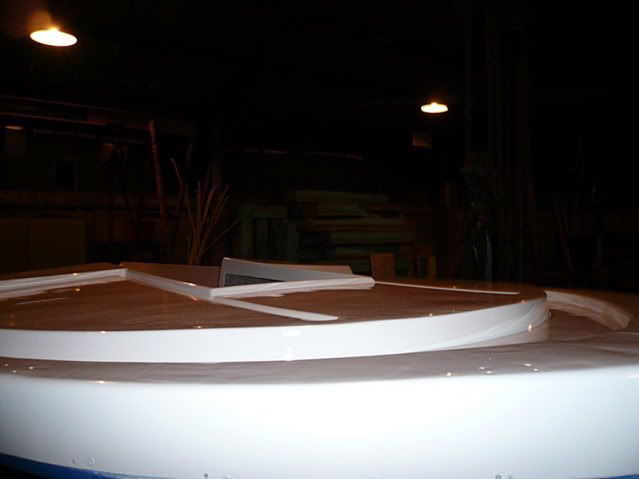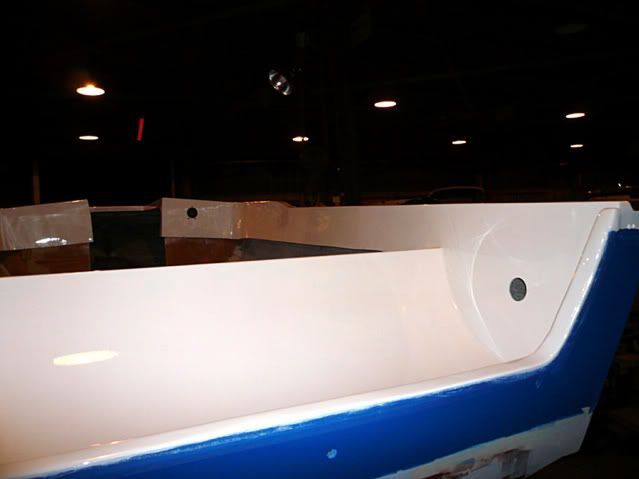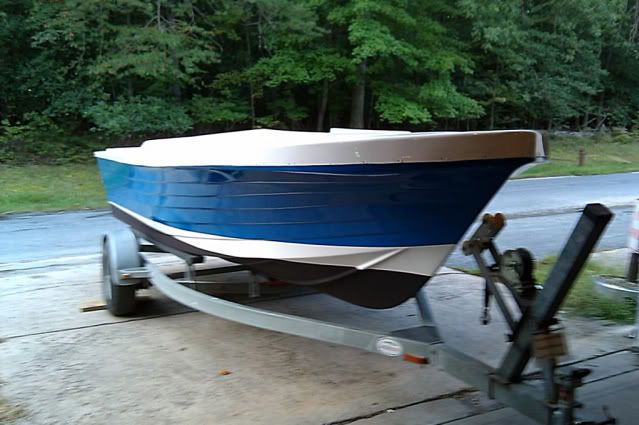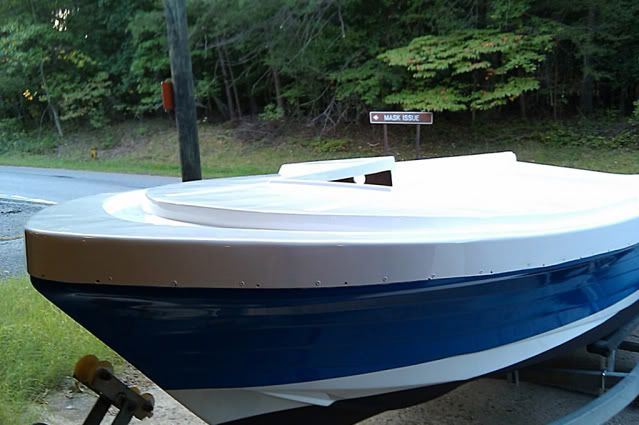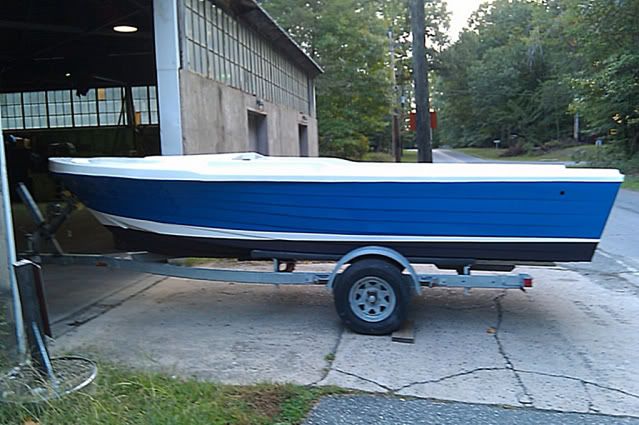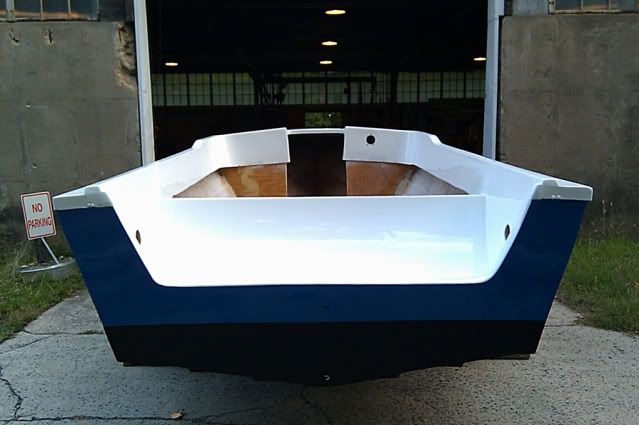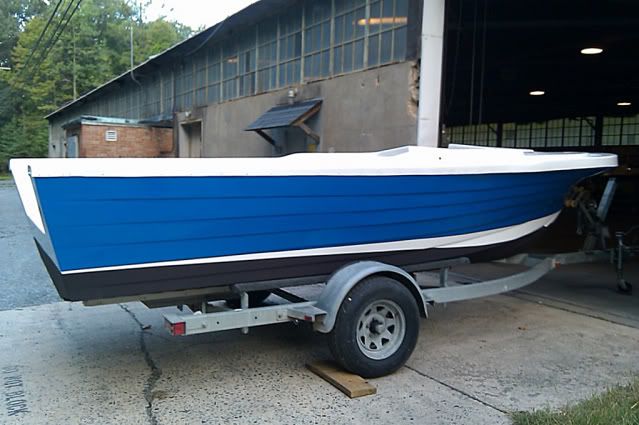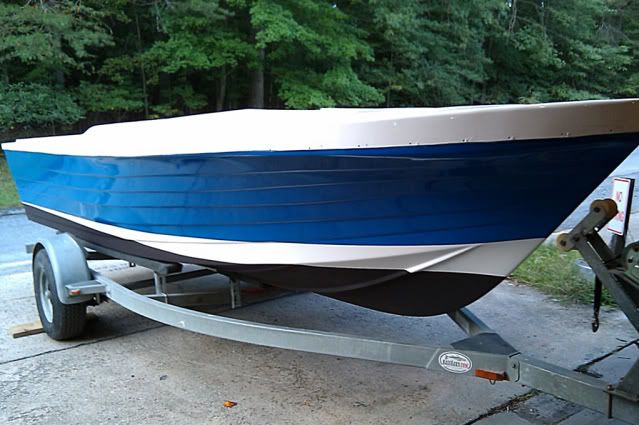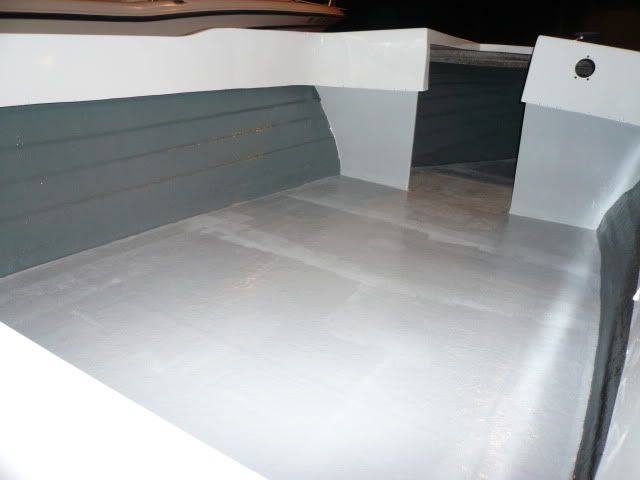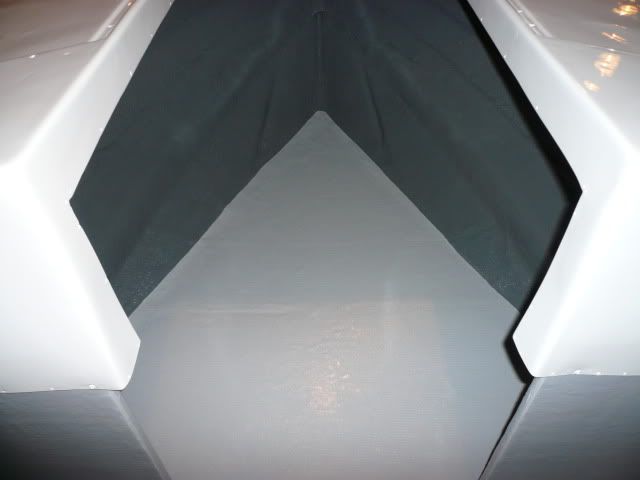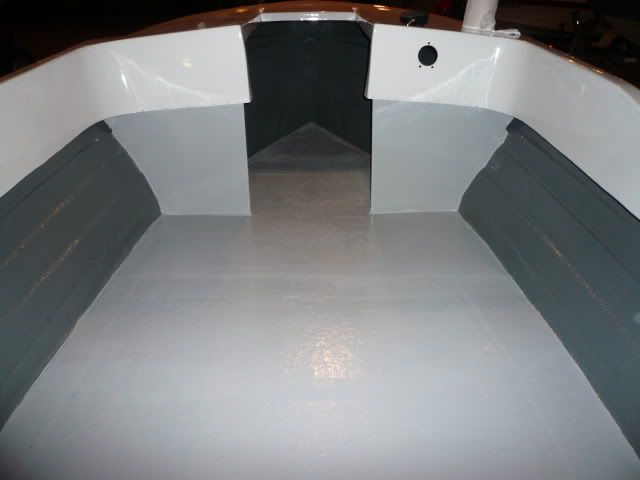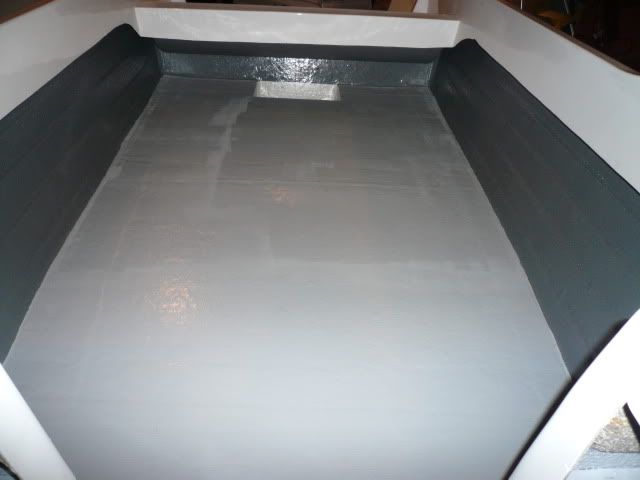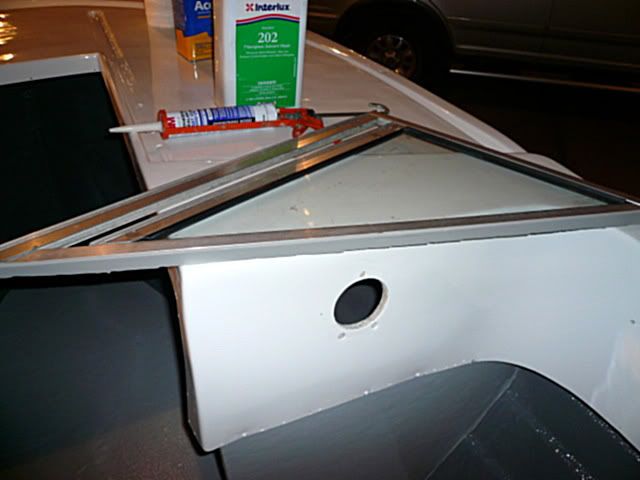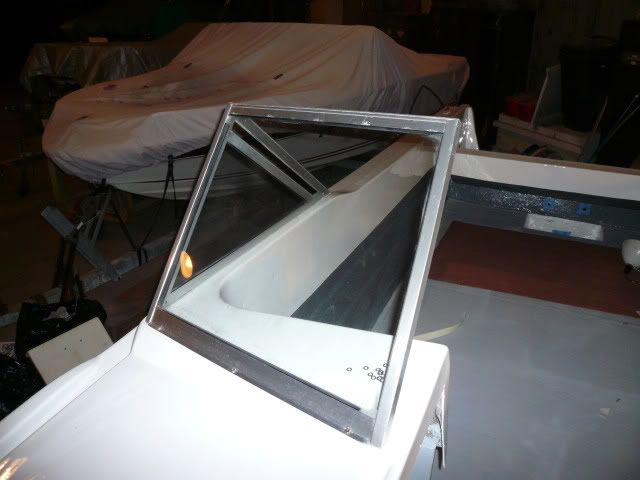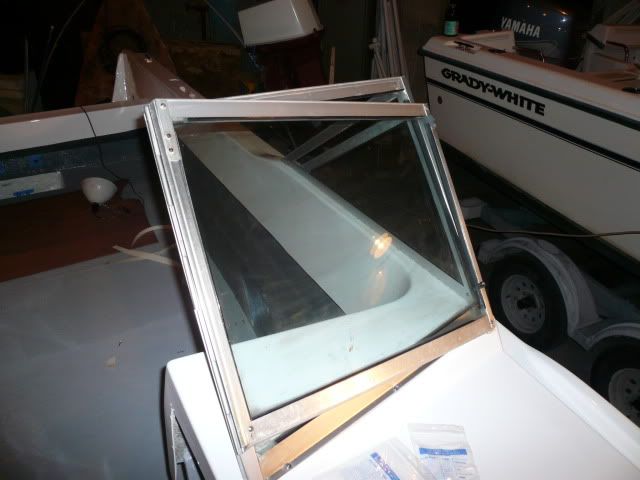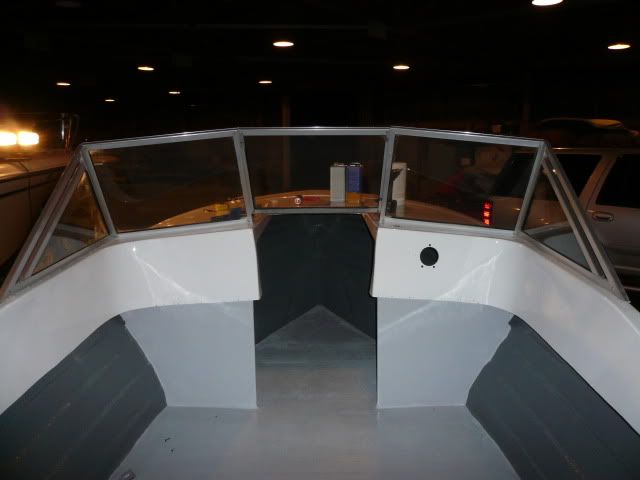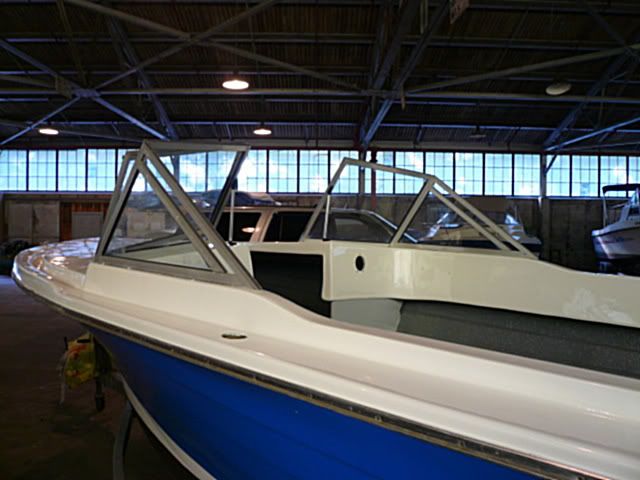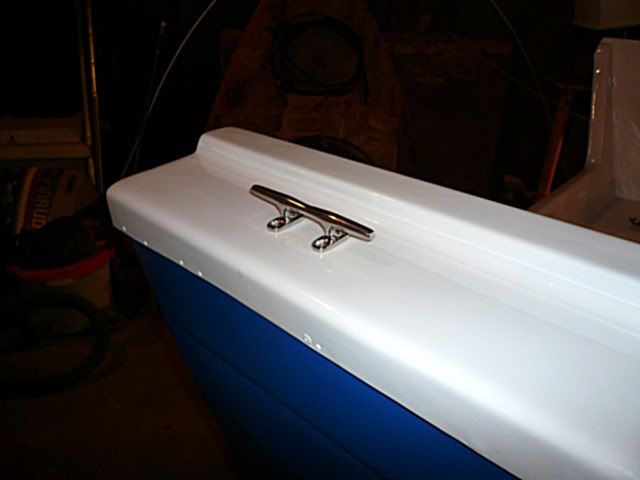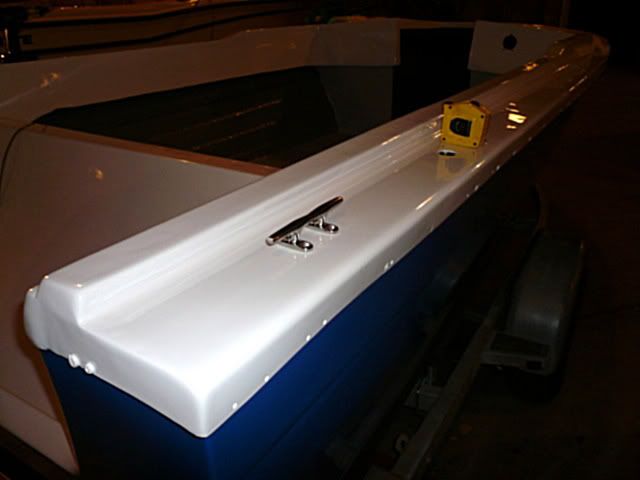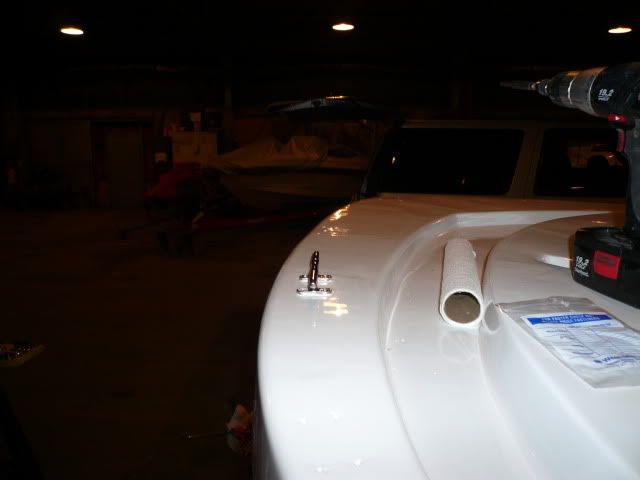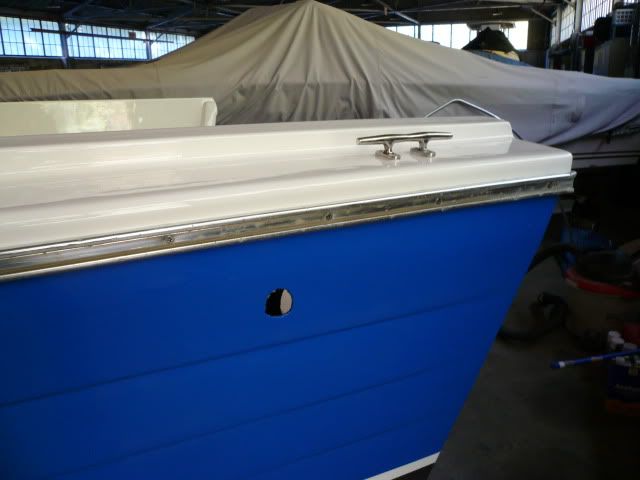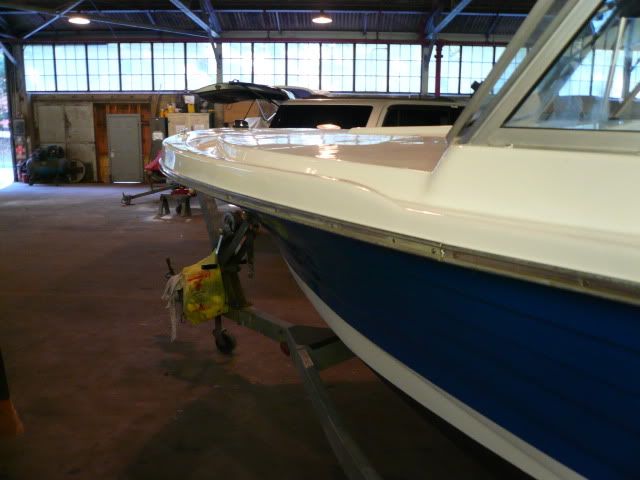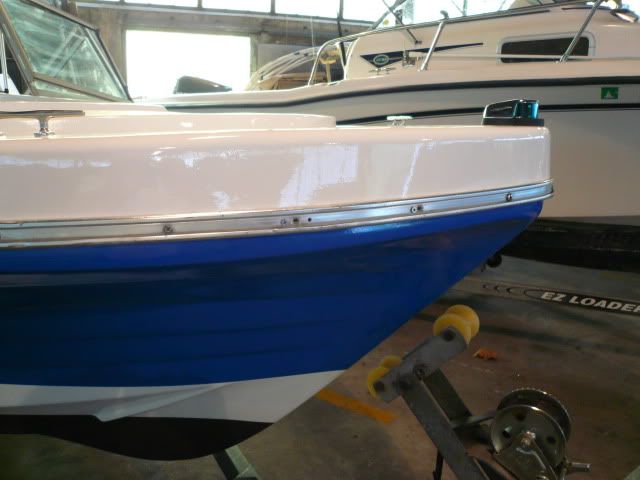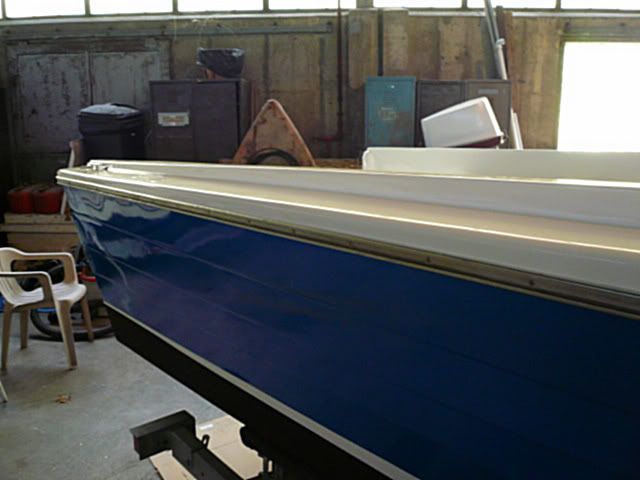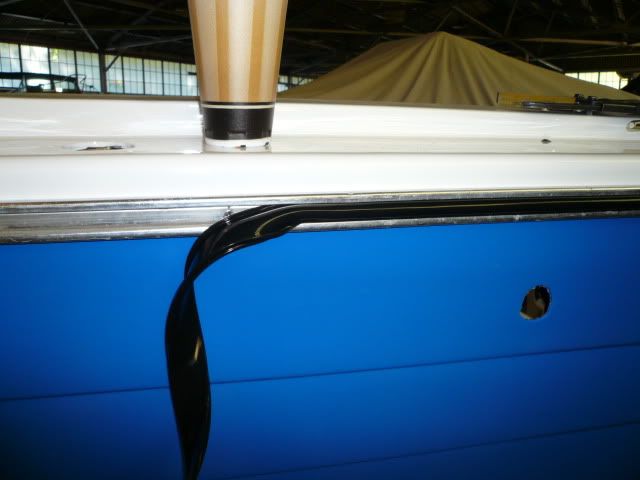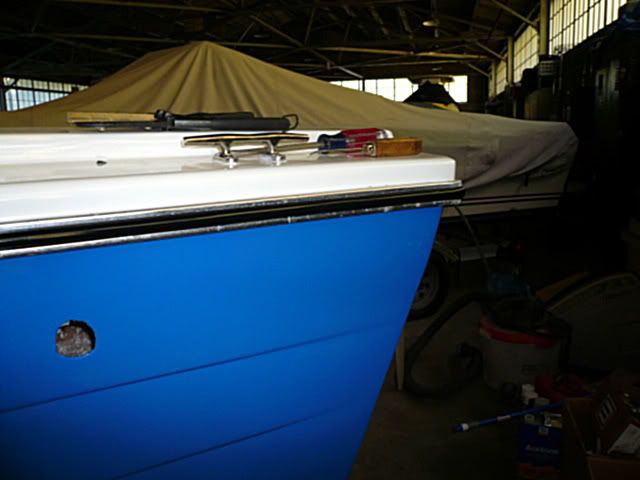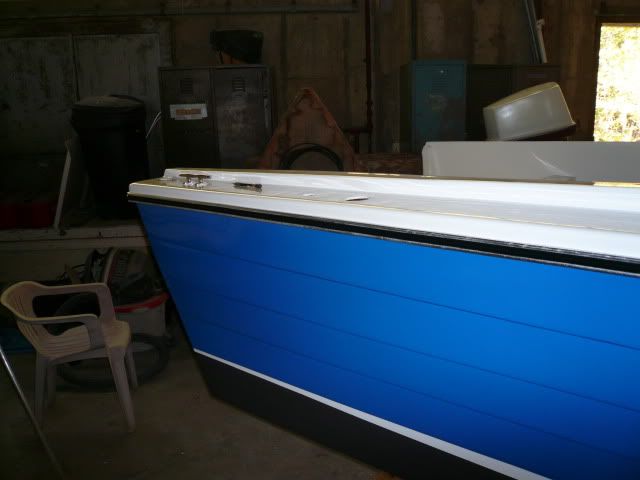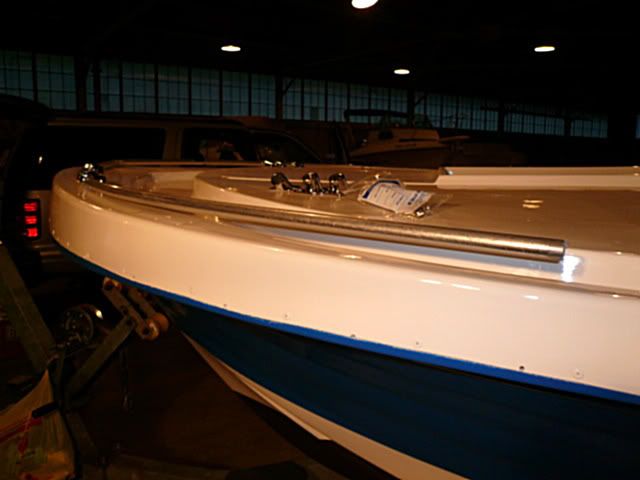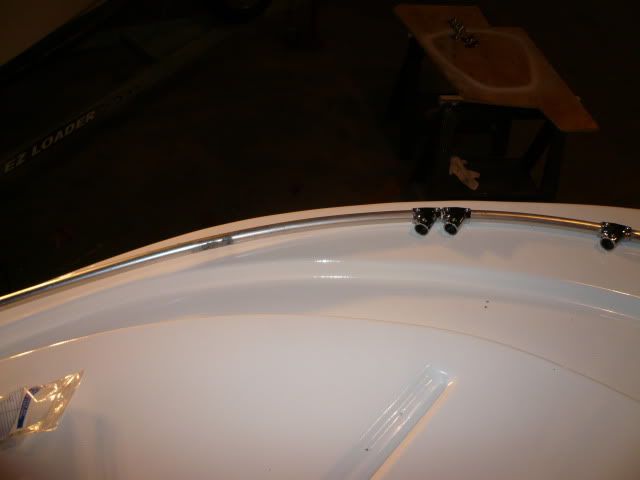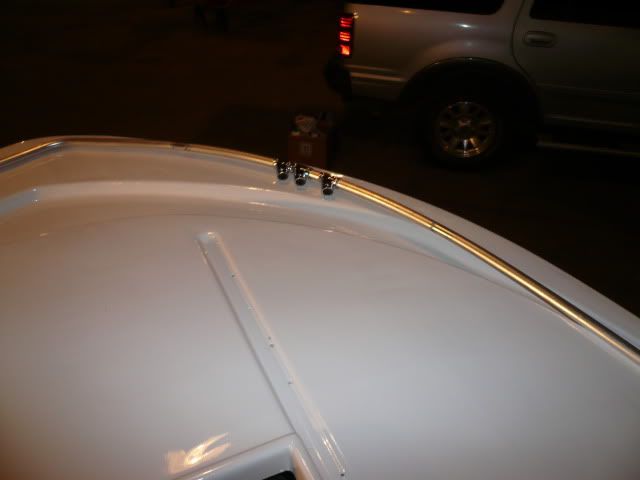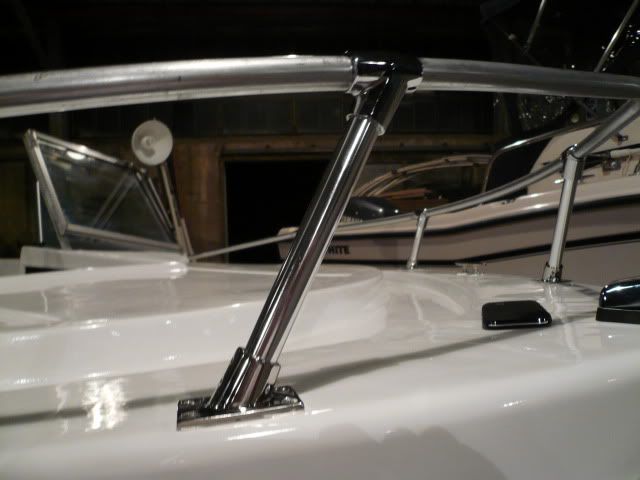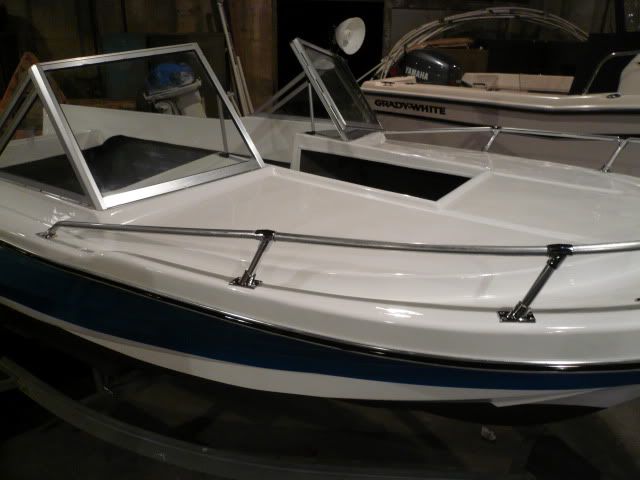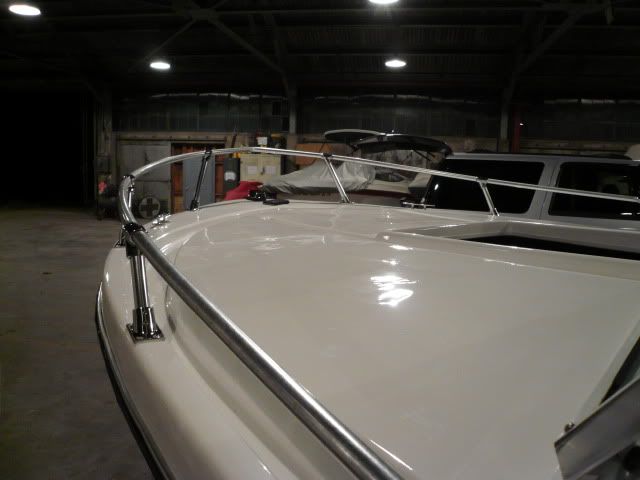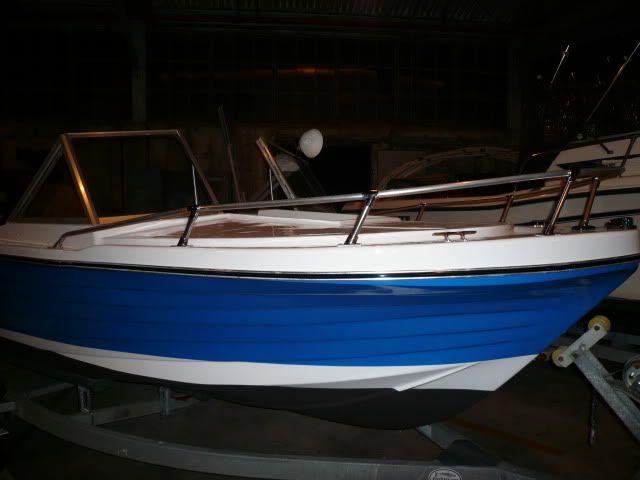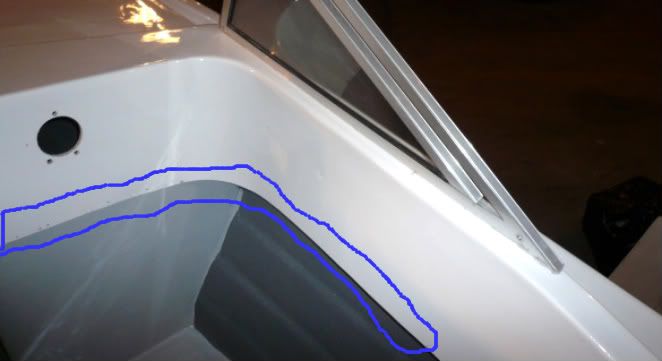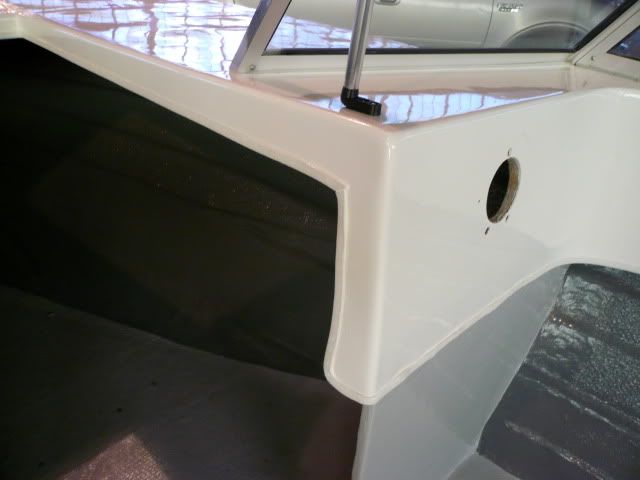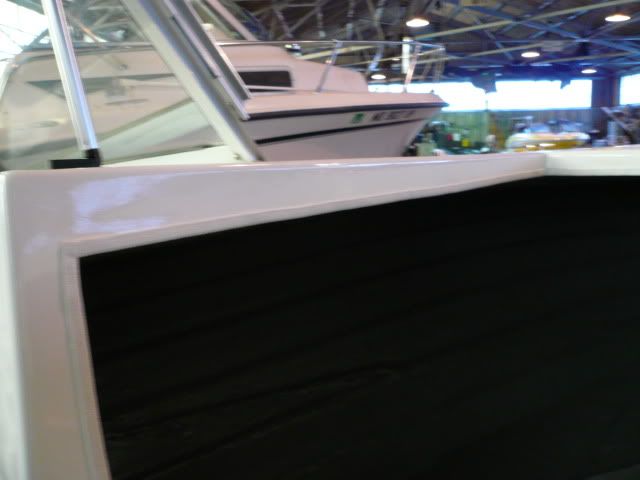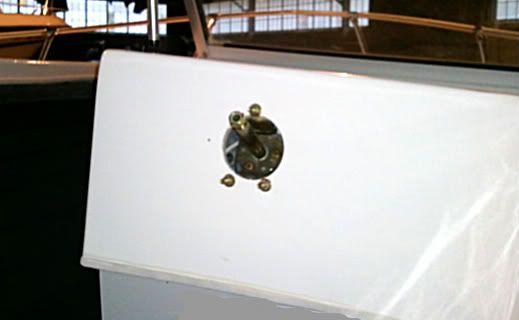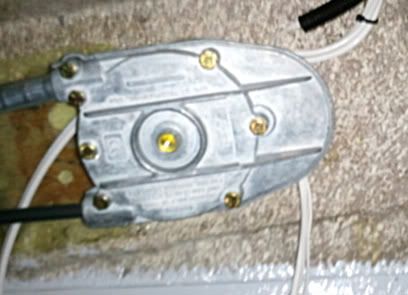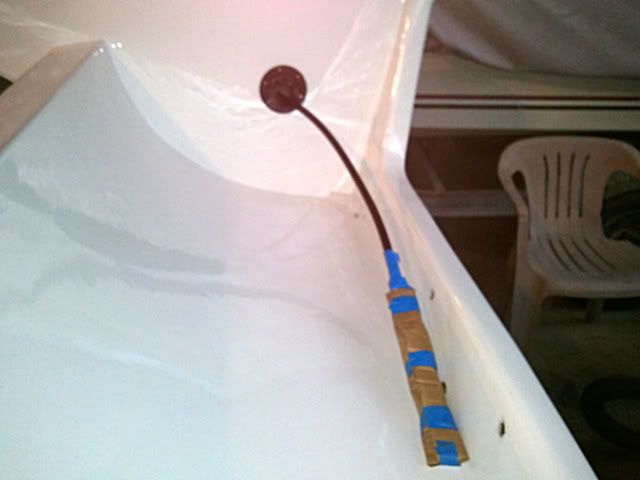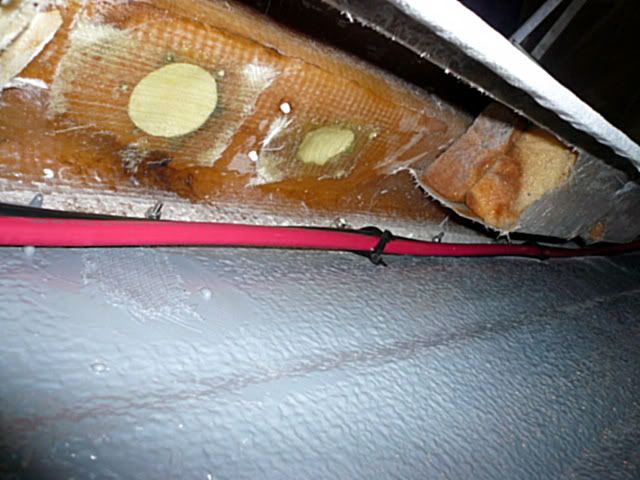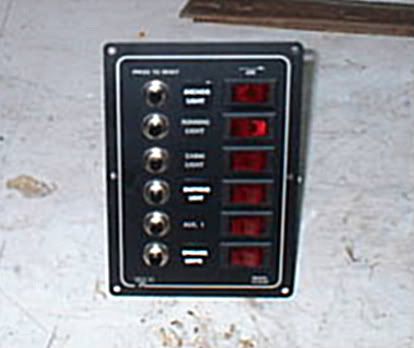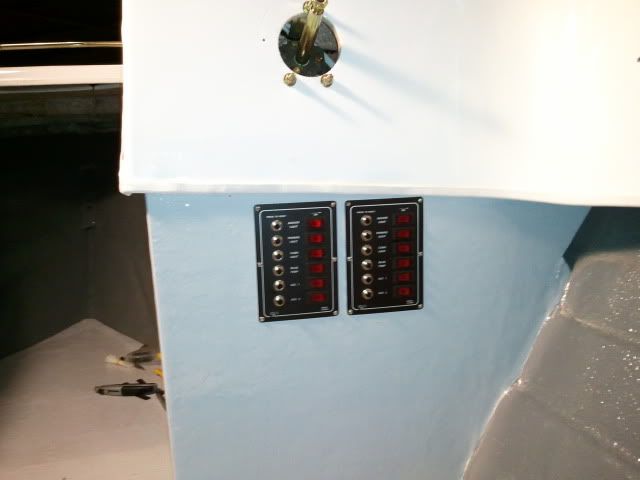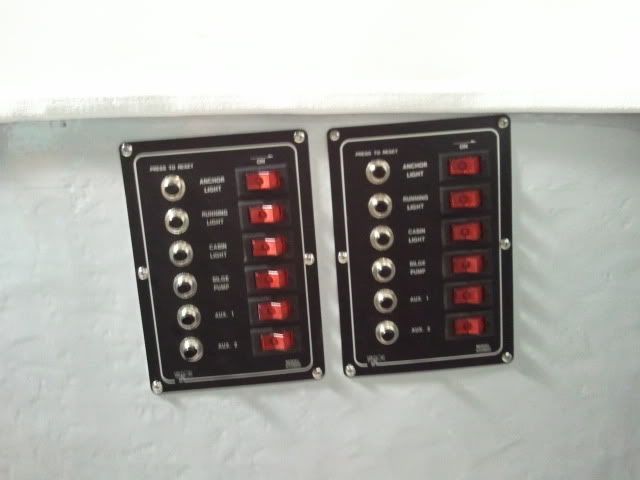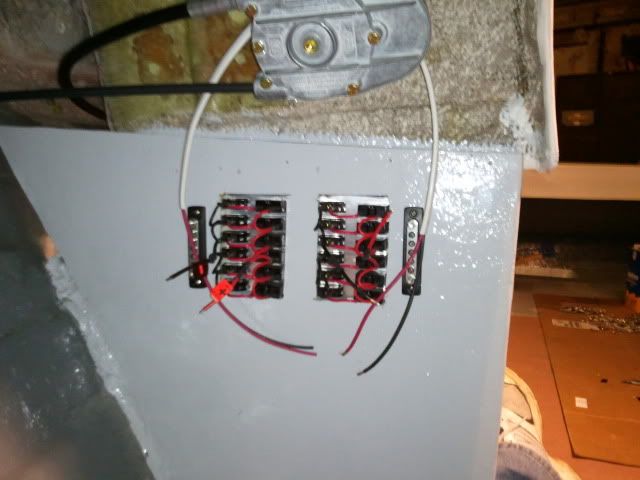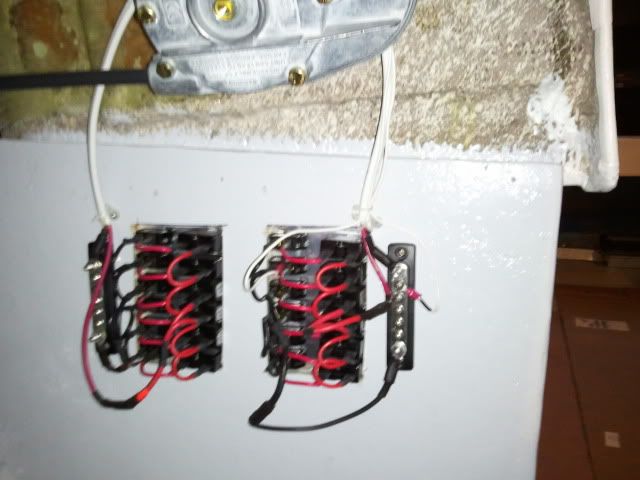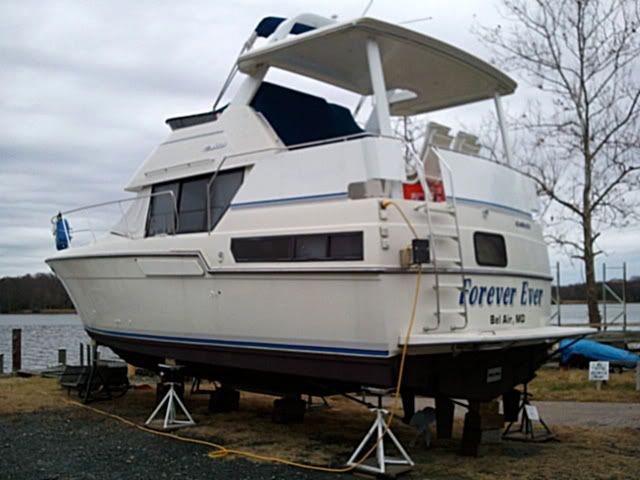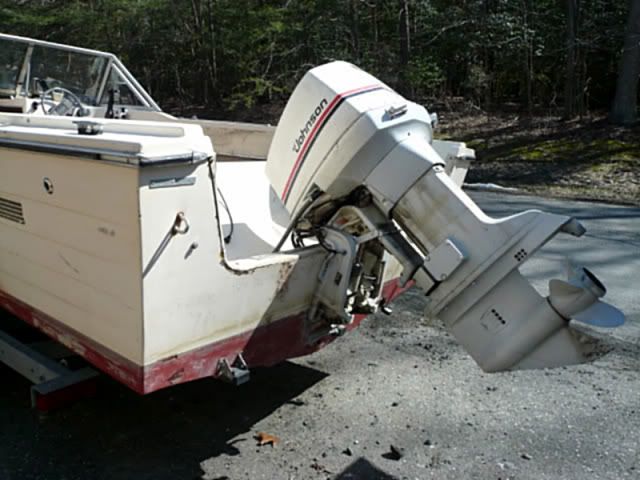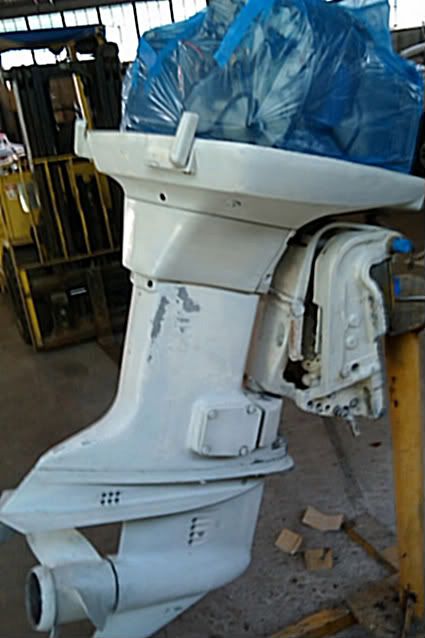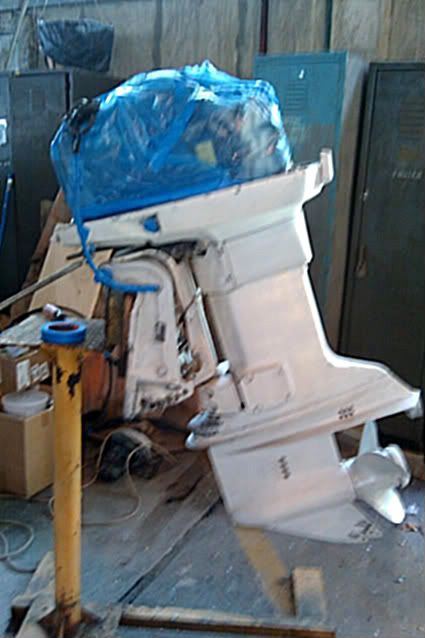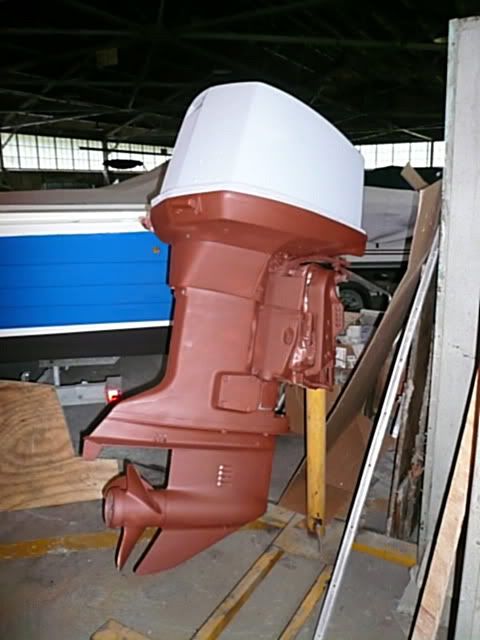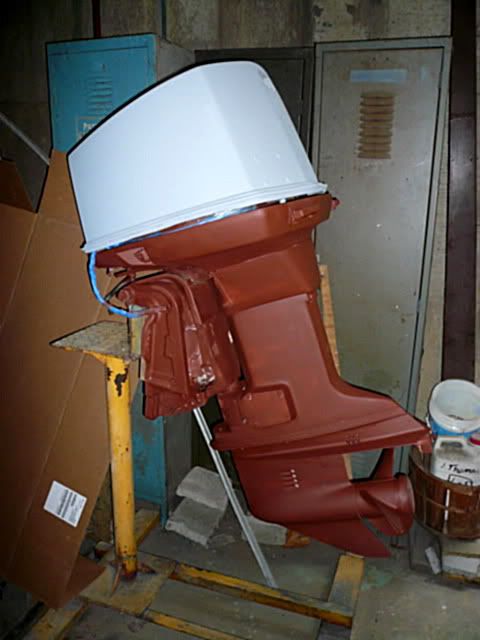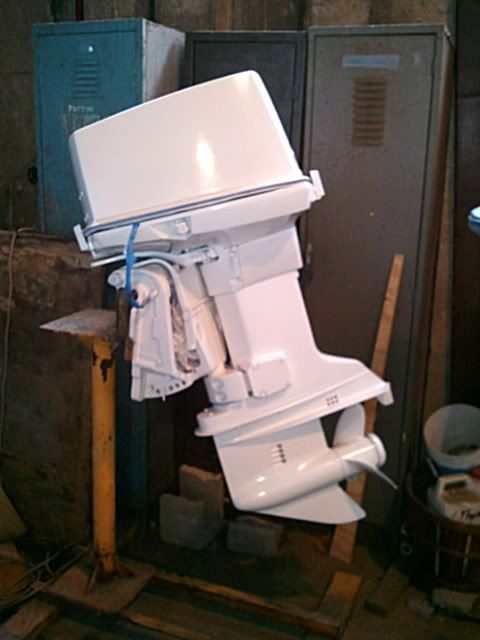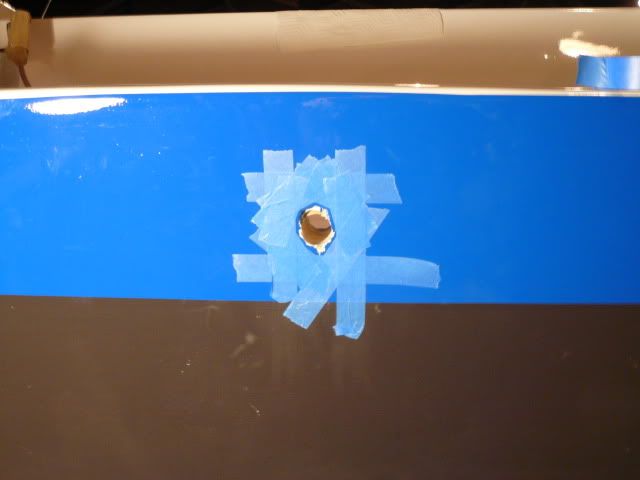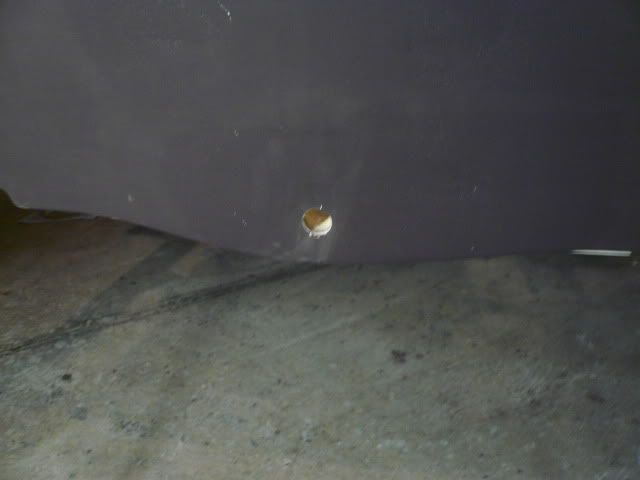Re: 1977 Cruise Boats Restore
So now onto painting. Like I said before I planned on using Interlux Perfection paint (two-part polyurethane). The paint scheme will be two colors ? Lauderdale Blue on the hull and Mediterranean White for the top cap. I also wanted to make a matching white accent stripe along the water line to give the blue some punch I had seen this configuration on several project boats on here and liked the look it gave.
Let me again mention prep. What you see before you paint will be what you see after you paint BUT WORSE! It took me several weeks to get to this point. Don?t sell yourself short here and waste all of your hard efforts. Go the distance.
To this point I have filled, faired and final sanded the boat with two coats of primer. The final primed surface was sanded with 320 grit before painting.
I decided to paint the blue on the hull first and then paint the white second. The first step was to lay out the accent stripe and mask this off. This takes patience and careful layout. I did this mainly by eye but I also fine tuned it by taking a few measurements at various points. There is a natural dividing line at the cap/hull seam, so taping this off is easy. Next I had to mask off the transition from white to blue at the transom. Once I was ready to paint, I washed the hull with solvent and tack clothed the area just before painting. I used the roll and roll method to apply the paint. Again, use high quality foam rollers that can take the solvents. The paint did not go on quite like the primer did. The paint has a thinner consistency; therefore your first coat will not totally cover and appear to be thin. That is okay when using the foam roller. Subsequent coats quickly fill in and cover thin spots so don?t worry. The key when applying the paint is evenness since it flows out well (less thinner the better). It does take some practice to get this stuff on correctly. A few things to note ? (1) I started out using one wet roller to apply the paint and then followed up behind that with a dry roller to even it out. It was better to use only one roller to apply and then use the same roller to give it the final finishing (very lightly) roll; (2) This paint sets up quickly, I only had about five minutes working time to apply the paint, get the paint spread even, and rolled out correctly in the section I was working on, while all the time maintaining a wet edge; (3) Once you have finished the final light rolling DO NOT go back and make contact with the paint. If you do it will leave a roller mark that will not level out and will remain in the finish; (4) As you work your way around the boat you have to be able to physically reached all parts that you are painting, meaning that you cannot do one spot and then move to another and then return. You have to keep working from the same wet edge or (3) above will happen; (5) If you cannot reach then get help so that you can maintain that wet edge front as you move forward through all sections.
Once the first coat was dry I sanded the entire surface with 320 grit paper, solvent wash, and tack cloth before applying the second coat. When the second coat was dry, I sanded the entire surface with 400 grit paper, solvent wash, and tack cloth before applying the third and final coat.
Here are the pics of the blue hull:
